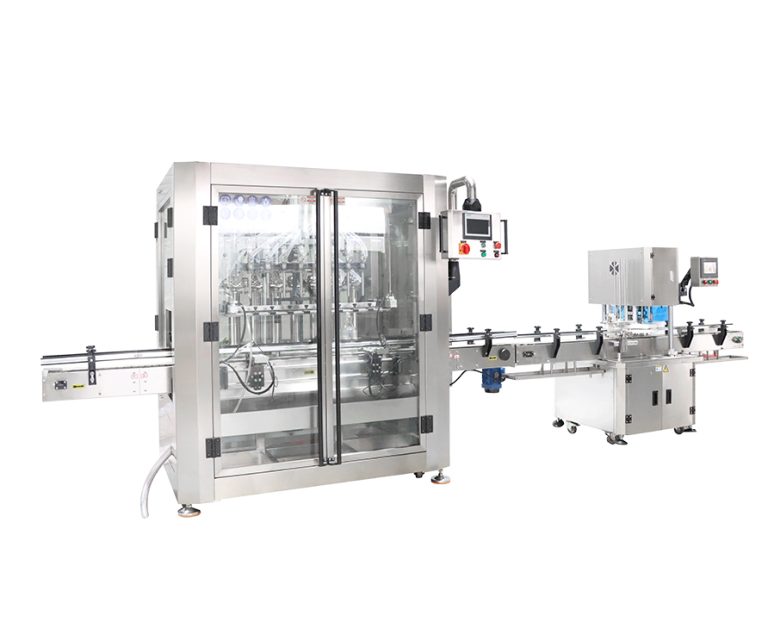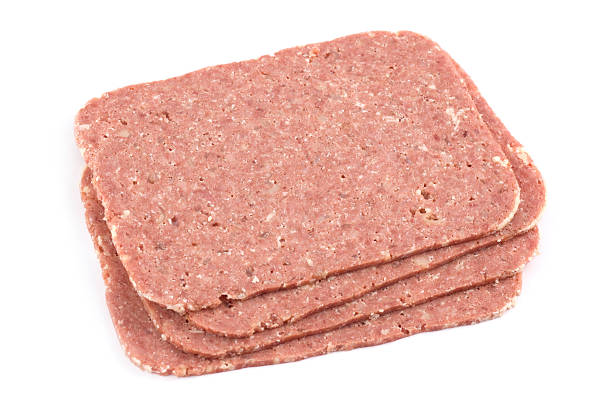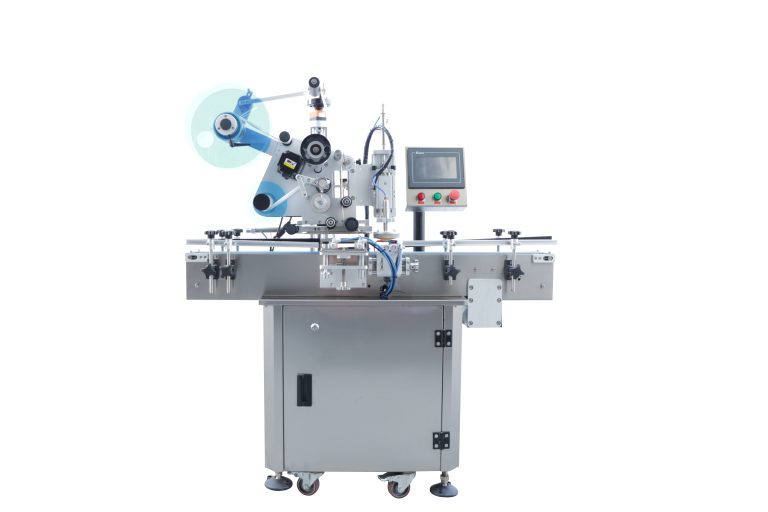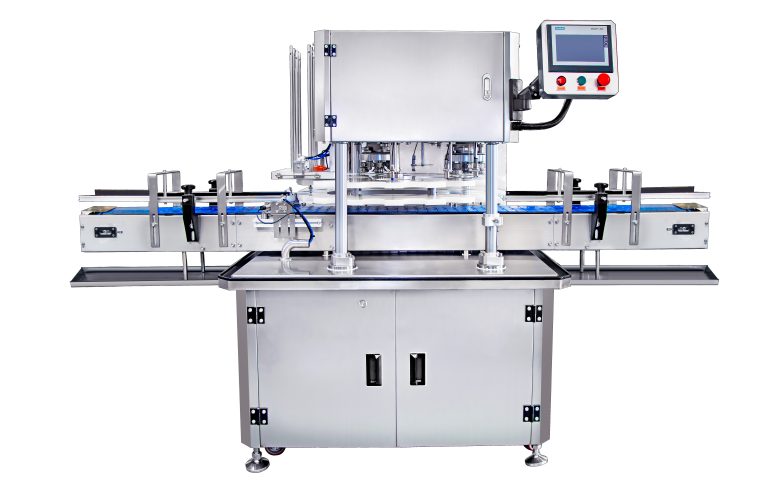Primary packing is part of the product packaging process and is relatively essential. It is the first layer of packaging that comes into direct contact with the product, protecting it from external factors such as moisture, air, and light.
In this article, we will discuss the different primary packaging material types and their characteristics. Moreover, we will introduce Levapack, a leading packaging machine manufacturer that offers automatic can packaging machines for granules, powders, and paste/sauce primary packing needs.
Table of Contents
What Is Primary Packaging?

Definition
What is primary packaging material? Primary packaging material is the packaging material that is in direct contact with the product. It is the first layer of packaging that the customer sees and interacts with. Primary packaging is responsible for protecting the product from external factors, maintaining its integrity, and enhancing its presentation.
Primary packaging should be prepared using materials that are safe for contact with the product and meet regulatory requirements. It also needs to be functional, aesthetically pleasing, and easy to use for the consumer. Primary packaging is often the most visible and recognizable aspect of a product, and it plays an important role in shaping the consumer’s perception of the product. For example, the tin can is the primary packaging of canned food.
Primary vs. Secondary vs. Tertiary Packaging
Primary, secondary, and tertiary packaging are three different layers of packaging. Read on to know about what is primary secondary and tertiary packaging.
Primary packaging is the foremost packaging layer that directly includes the product. Whereas secondary packaging groups and safeguards numerous units of primary packaging. On the other hand, tertiary packaging is utilized for logistics purposes to safeguard products during transport and storage.
Still wondering what is primary and secondary packaging? Primary packaging is available in numerous forms and examples of primary packaging material include jars, bottles, cans, tubes, pouches, blister packs, bags, etc. Secondary packaging is generally prepared using cardboard, paperboard, or plastic along with trays, cardboard boxes, and more. For tertiary packaging, sturdy containers, pallets, and stretch wrap are mainly used.
Examples of Primary Packaging Material
Primary packaging is an integral part of the product and is responsible for the product’s preservation and presentation. When it comes to primary packaging, several packaging material types are used such as tin cans, composite or paper cans, glass containers, plastic containers, paper bags, parchment paper, cartons, laminated pouches, shrink wrap, laminated tubes, woven sacks, etc.





